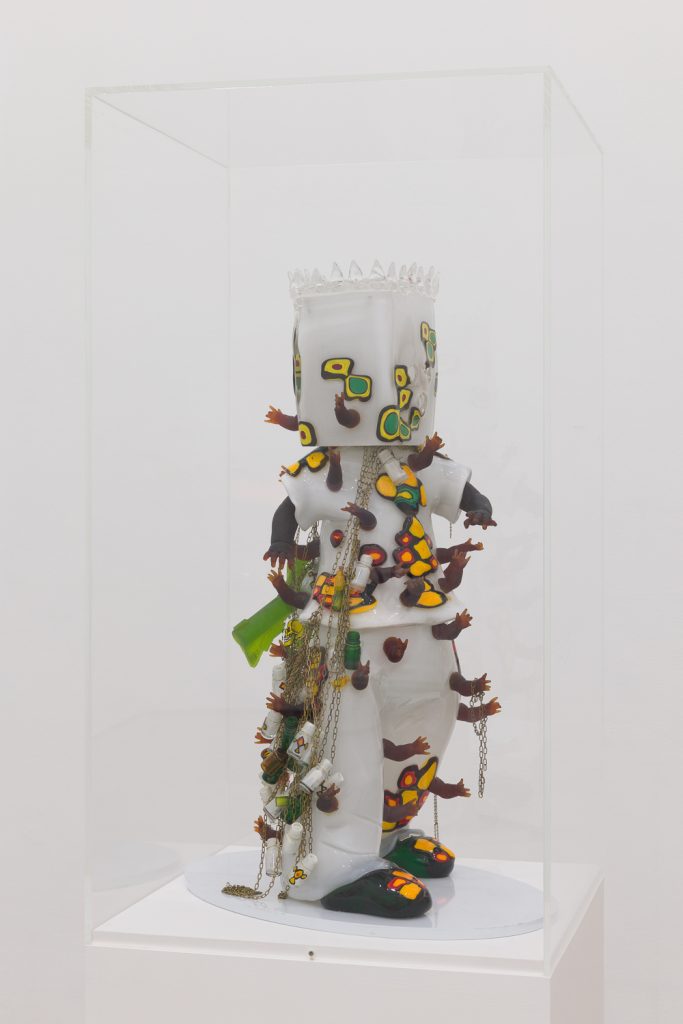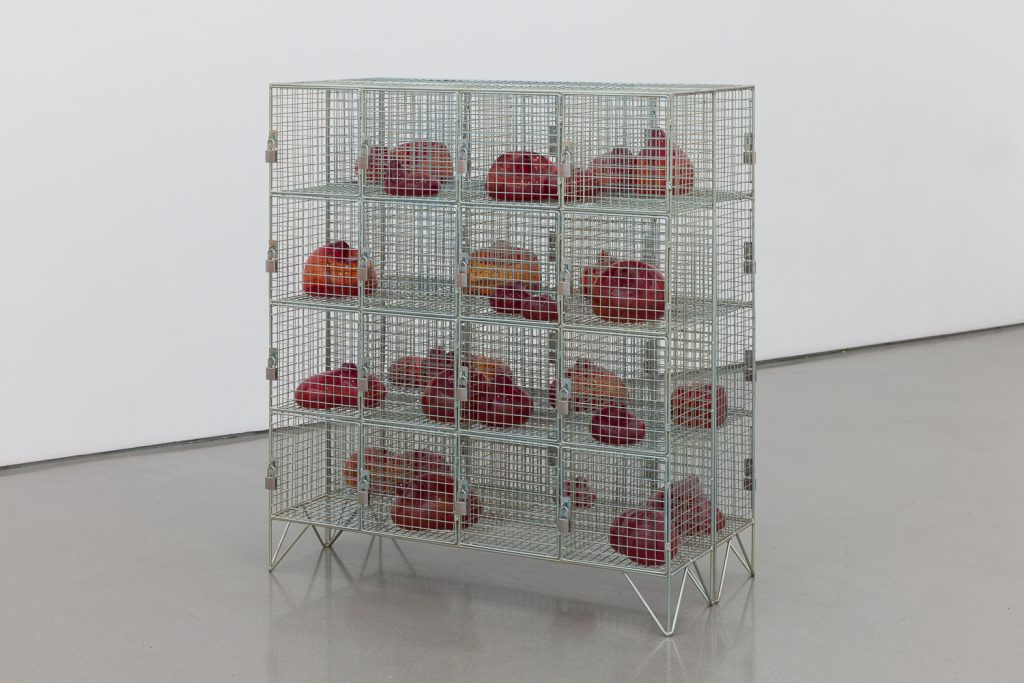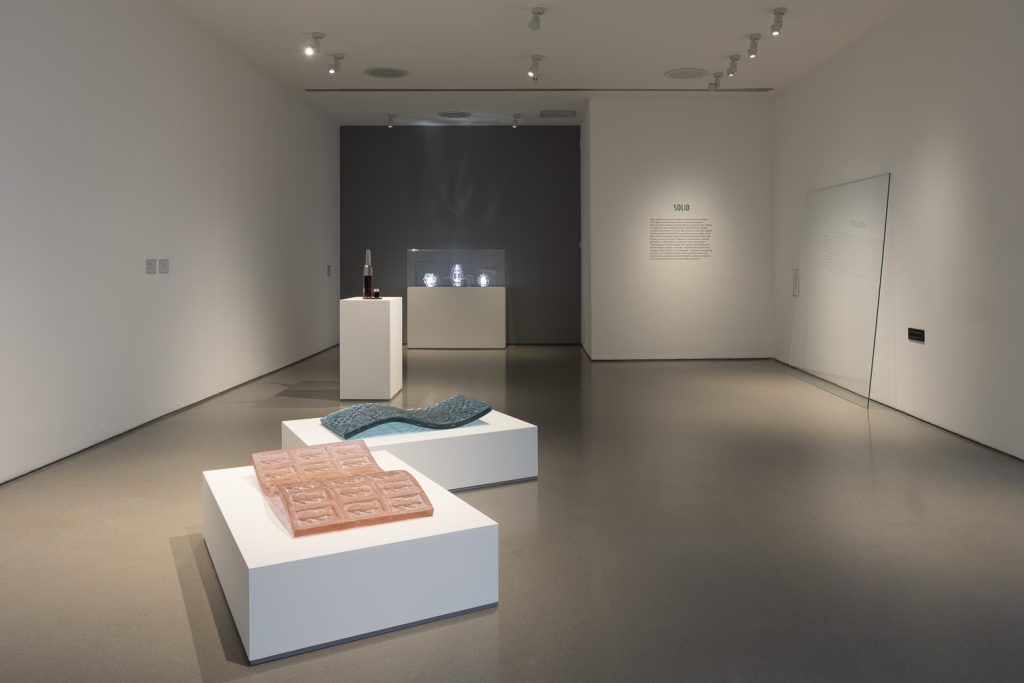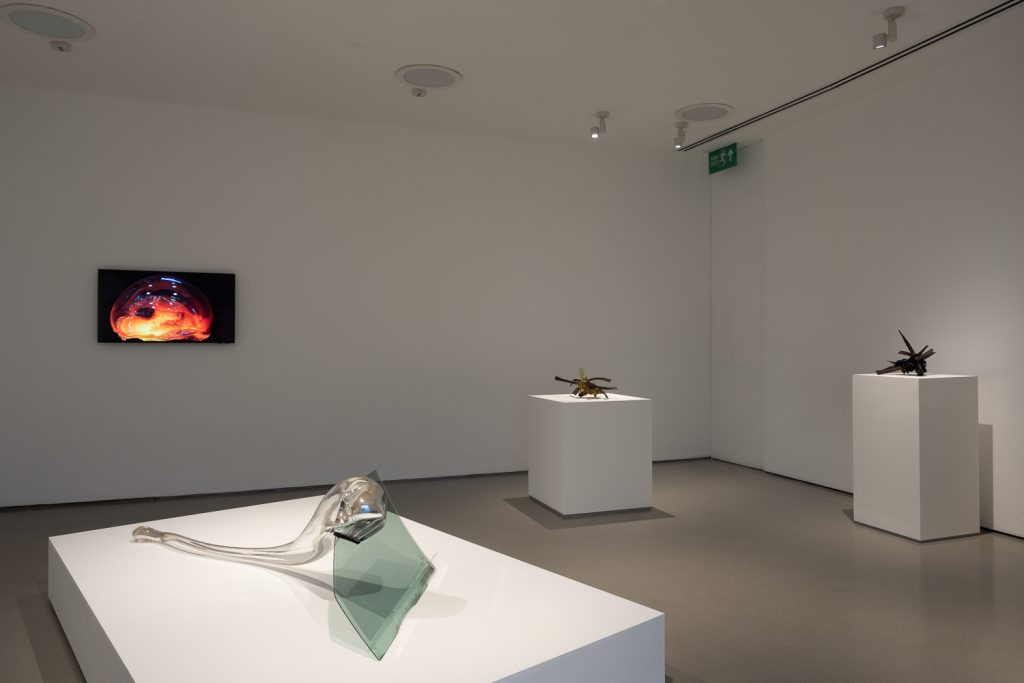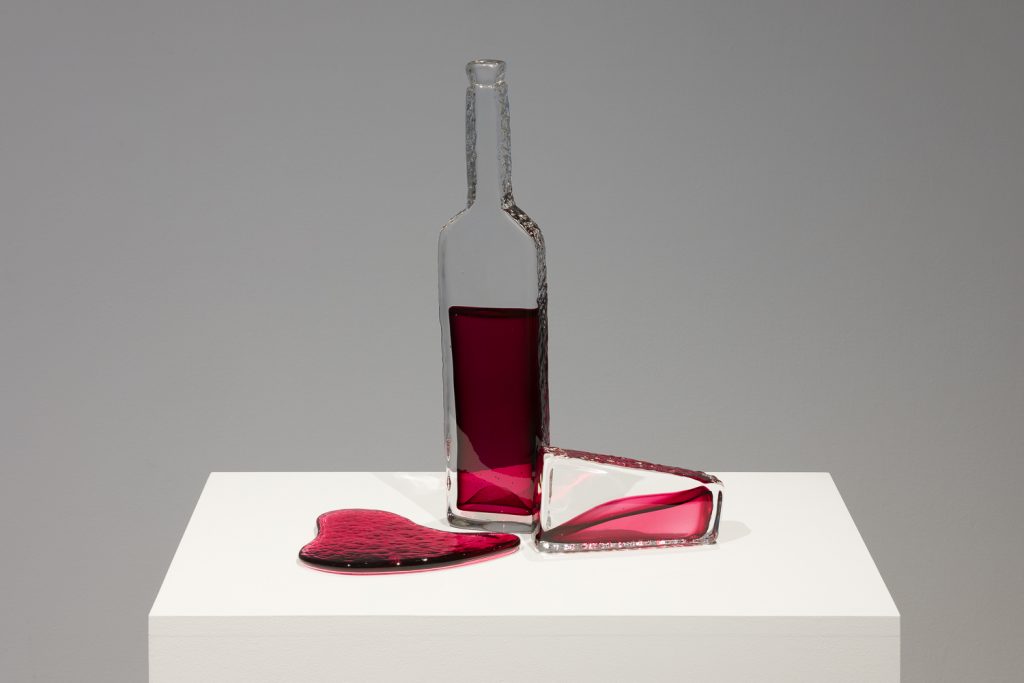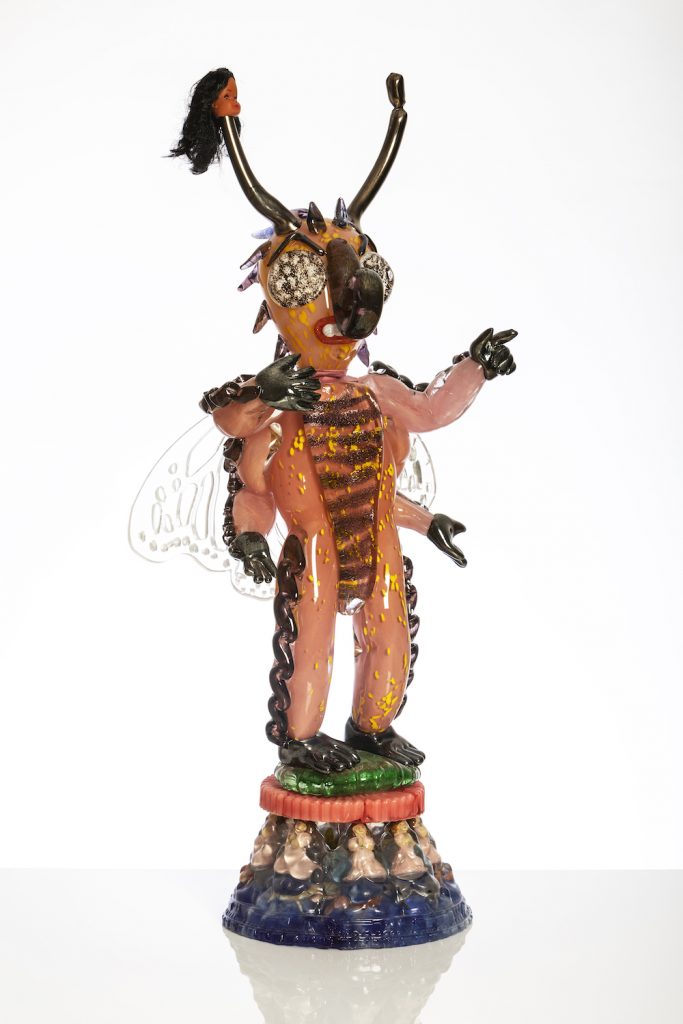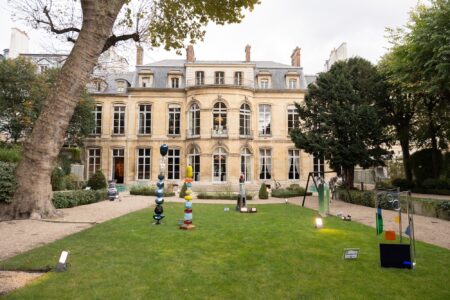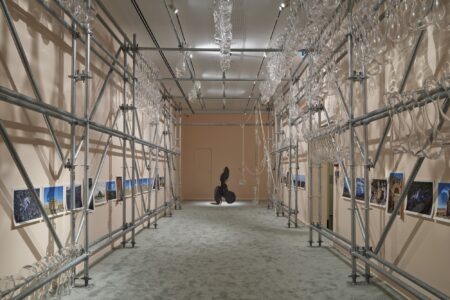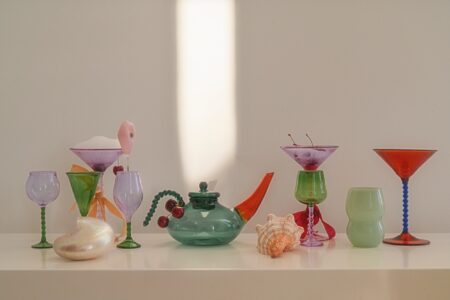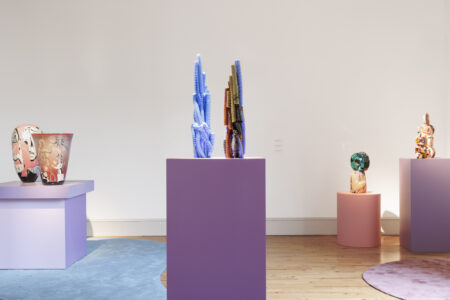A State of Matter: Modern and Contemporary Glass Sculpture
As part of the United Nations ‘Year of Glass 2022’ initiative, the Henry Moore Institute in Leeds, UK, presents an exploratory exhibition about glassmaking in all its states of matter. Exhibition curator, Clare O’Dowd, spoke with TLmag about what makes this medium so unique.
TLmag: A State of Matter: Modern and Contemporary Glass Sculpture explores glass through its three different states of matter: solid, liquid, and gas. Would you talk about this approach? How did you decide on this and then go about selecting work to reflect it?
Clare O’Dowd: I spent quite a bit of time researching glassmaking techniques, and the variety of work that artists were producing in glass. I realised that each technique roughly corresponded to different physical states; so casting and moulding produced very solid looking objects, whereas pouring and dripping molten glass resulted in sculptures with a very ‘liquid’ appearance. Gas plays a crucial role in the technique of glass blowing, and sculptures made in blown glass have a very different aesthetic from those made in cast or poured glass. I wanted to choose objects that would lend themselves to these distinctions, and that also challenged or subverted my own expectations of glass as a material.
TLmag: What is your role with the institute? Are you specialised in glass? What excites you about this material from a research and curatorial perspective?
C.O.D.: My role is Research Curator, so I oversee the Institute’s research programme of talks, events, and fellowships, and I’m also responsible for delivering at least one exhibition every year. I have a background in art history and I specialise in sculpture studies, so I’m not a glass specialist but I am really fascinated by glass as a material for sculpture. It’s a very different material from stone or wood or bronze, especially in the way it can change colour and shape and texture so easily. Artists can make it do almost anything.
TLmag: Does the Henry Moore Institute keep a collection or is the work on view for this show coming from other institutions and collections?
C.O.D.: The work in this exhibition is all on loan from artists, other institutions and collections. Although we don’t have our own collection at the Institute, we work in partnership with Leeds Art Gallery to manage the sculpture collection and archive of Leeds Museums and Galleries.
The exhibition presents work by contemporary artists who have made the object themselves, but it also puts forward the importance of collaboration with a material as complex as glass, in which the idea of the artist is realised by a master artisan.
TLmag: Would you talk about this idea?
C.O.D.: These kinds of collaborations, where an artist works with a skilled fabricator to produce an artwork, are really common, and go back centuries – not many artists had a bronze foundry in their studio, for example, so instead sculptors worked with different professionals to produce their work. In fact, this was one of the inspirations behind the exhibition: we hosted a six-month long season of research events at the Institute that looked specifically at fabrication, and at the relationships between artists and skilled artisans.
Glass is one of those materials that is particularly specialised: the kinds of skills, training, and equipment needed to master it means that very often artists need the input of master glassmakers to realise work in glass. And even this isn’t new – it first took off in the 1950s when a Venetian glassmaker called Egidio Costantini, who was a friend of Peggy Guggenheim, started working with artists such as Pablo Picasso, Jean Arp, Alexander Calder, and Lucio Fontana to help them realise their ideas in glass.
TLmag: Would you talk briefly about a couple of the art works that are in the show that surprised you or stood out?
C.O.D.: There were a lot of surprises! One surprise was the scale of some of the work. Alena Matějka’s Magic Carpets (2004) are imposing objects and also incredibly heavy pieces of cast glass. Emma Woffenden’s Creature (2015-18) truly pushes the material and the technique of glassblowing to make something large enough to really confront the viewer. Sometimes it’s hard to get a real feel for this until you see the sculptures in person. Hew Locke’s Mummy’s Little Soldier (2013) looked very small in images with no contextual background details but in fact it’s well over three feet tall. That one is a stand-out piece for me, and it does something very important: it makes a really profound statement about identity and geopolitics in a way that is reinforced by the material. In this case, it was about the fragility of child soldiers, which was highlighted in an extraordinary way by Locke’s use of glass.
TLmag: What is the United Nations Year of Glass 2022? Is this a new initiative?
C.O.D.: The United Nations International Year of Glass celebrates glass and its use across a diverse range of fields, from science and technology to art and architecture. There have been UN ‘International Years’ since 1959 (UN International Year of the Refugee). Sometimes they celebrate materials (glass, or light), sometimes foods (2008 was the International Year of the Potato!) or different disciplines (physics, in 2005, chemistry in 2011), and sometimes they celebrate a concept (2010 was biodiversity, for example). We’re delighted that the exhibition is part of this.
A State of Matter: Modern and Contemporary Glass Sculpture will be onview at the Henry Moore Institute through June 5, 2022
henry-moore.org
@henrymoorestudios
